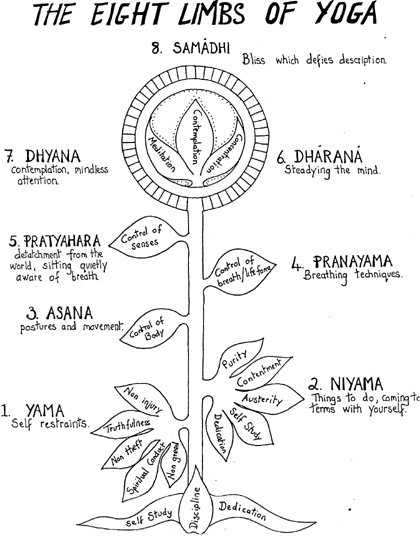“Are we teaching yoga in public schools now?” he asked. “Are parents notified?” – New Mexico state representative Alonzo Baldonado (R, but like you couldn’t guess THAT). He said these comments and more in a meeting of the Legislative Education Study Committee where he is a non-voting member, during a session meant to demonstrate things that educators are doing to combat obesity and assist in the general health of schoolkids. The committee studies current educational metrics in New Mexico and makes recommendations for funding or changes to educational law.
During the meeting, a local PE teacher was describing her stretching routine to help warm the kids up before engaging in other sports, and this is when Mr. Baldonado chose to speak saying that he, “didn’t go looking for a discussion on religion. It just came up.”
Never mind the fact that the state representative’s own children are home-schooled, far from the overly influencing realm of regular classrooms and gym class and stretching. Good for them (?). However, Mr. Baldonado is extremely concerned that other people’s kids will be exposed to non-Christian religious practices without their knowledge or consent of their parents.
Yoga for Westerners = Stretching in Tight Pants
Never mind the fact that yoga, as Westerners know it, has approximately zero to do with its own traditional roots. According to Mr. Baldonado, who has “nothing against Buddhism or Hinduism”, “yoga could be seen as a gateway to Eastern religion.”
I won’t spend this post talking about what might happen if, indeed, some kids became interested in Eastern religion, whether that interest was sparked by a book they read or a conversation at school or a television show or gym class stretching. Conversion from one religious thought system to another is rare and not my topic for today.
Instead, my topic is on yoga: Mr. Baldonado could use just a wee bit of schooling himself. On eastern religions, on Christianity’s hold on upbringing, on yogic traditions, and on physical activity as a contributor to mental/academic performance. But mostly on what in the heck it means when a person says, “yoga”.
Do YOU know what yoga’s traditional roots are? Do you know what yoga really means? Let’s do a brief overview, keeping in mind that I am not a trained scholar on the history of yogic practice. So this will be quick, and it will be assisted by other folks online who are better experts than I.
Yoga – the Driving Analogy
Calling the stretching and exercises that we as Westerners call yoga, “yoga”, is like calling your ignition key your car. The key is a tool, used in the whole process we call “driving from one place to another”. Other parts of the process are things like the car itself, the roads, your knowledge and experience with driving, how much you know about your destination, the traffic along the way, and even the mental decision that made you choose this destination and this day and this car to take you there. Whew.
Similarly, the whole system and concept and world of yoga is a journey and an education, with goals along the way, rules, guideposts, and teachers. A yoga teacher of mine likes to say that we “will never have a perfect pose or session or day – that is why you call it yoga practice!”
Yoga: the four letter word with eight parts

Eight limbs of yoga
What that tiny four letter word YOGA encompasses is EIGHT areas of focus that ultimately touch upon all of a person’s life:
- Yama: self-restraint. Otherwise known as not going overboard in a Western consumer kind of way.
- Niyama: introspection, self-study.
- Asana: activity, stretching, body alignment.
- Pranayama: breathing, study of breath.
- Pratyahara: quiet sitting, detachment from distractions.
- Dharana: calming the mind, preparing for #7.
- Dhyana: contemplation, meditation.
- Samadhi: bliss or enlightenment, or just plain feeling at one with everything.
THAT – all of it – is “the yoga”. What looks familiar? The word “posture” should have been a sign – it’s number 3 on the list. That is what most of us – we humans who go to yoga class and bend and twist and say hello to our friends and their new shiny yoga mats – do and call it yoga. From now on I will call what Mr. Baldonado and everyone else refer to as yoga by its name on the list: asana. (Asana is also referred to as “hatha yoga” – so if you go to a yoga studio that says they practice Hatha Yoga you can be sure that you’re getting…. yoga. Just like you expected. As opposed to a meditation studio or such.)
There is nothing wrong with asana all on its own. Physical movement, especially habitual daily patterns as is common with asana practice, is extremely good for us.
Most of the other steps and practices are also helpful in our cluttered lives: steadying your thoughts, breathing in different ways to enhance your desired goals (slow to calm down, forceful to awaken, et cetera), meditation. These are practices that would benefit nearly every human on the planet. Ok, I’ll go on a limb (har) and say it could benefit EVERY human.
And that’s nothing that a schoolkid’s parent should have to sign a consent form for.